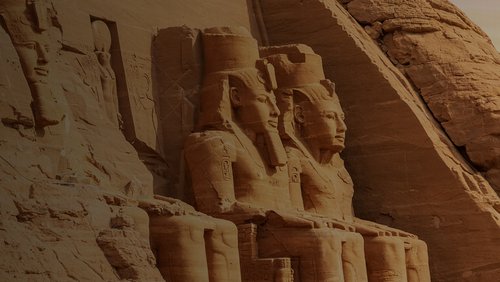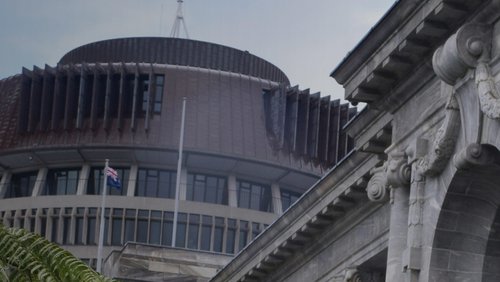14 Jul 2022
Engineering New Zealand/Te Ao Rangahau's new Board member explains why he has taken on a role to help strengthen the growth of te ao Māori in the organisation, and his thoughts on building more connection between Māori and the engineering profession.
From full immersion te reo Māori kura kaupapa (primary school) to mainstream schools, Māori to non-Māori cultural environments, and a rural town to the big city, Wharehuia Dixon (Ngāti Awa) lived his early life in two different worlds.
He was recently appointed to the Board of Te Ao Rangahau to help strengthen the organisation’s te ao Māori (Māori world view) capability and assuage the disconnect between Māori and the engineering profession. He knows first-hand how vital it is for Māori professionals and students alike to see Māori embedded in the profession, their culture and world view recognised, and to see Māori appointed to top leadership positions.
He first became exposed to engineering at about 15 years old.
“The Rotorua City Council was running an awareness day about civil engineering which included site visits. I was good at maths and sciences and working outside appealed to me. From that day I never really looked at doing anything else.”
He says because someone connected him to a local Māori man who was then the Associate Dean (Māori) of the Engineering School at the University of Auckland, he moved north which was at first overwhelming.
“It was a totally different lifestyle and experience, living in the hostel, trying to navigate all those moving parts of a city and university life when you have a rural background.”
For the past 15 years, he’s been a civil engineer at Beca, working predominantly in airport infrastructure across New Zealand, Australia and the South Pacific. He’s currently taking time out to support Ngāti Awa by managing projects on behalf of Te Rūnanga o Ngāti Awa.
Wharehuia says when a colleague alerted him to the new position at Te Ao Rangahau he was intrigued by the aspirations of the Board and the organisation.
“But I asked him if he thought the intentions were genuine, otherwise I wasn’t going to waste my time,” he says. “There was that level of unease, knowing what past interactions engineering, as a profession, has had with Māori.”
… I want kids to know that you don’t have to sacrifice te ao Māori, te reo Māori, or your upbringing, to connect with this professional and technical world. – Wharehuia Dixon
He says in the past it wasn’t uncommon for Pākehā engineering students to make a hash of a haka during pub crawls.
“Māori university students of the time took offence to that, it was a public display of total disrespect.”
He says in general, the history of the relationship between engineering and Māori has not been good, “such as the prominence of the Western perspective on all things engineering. I don’t think there has been much acknowledgement of Māori in an engineering context”.
Wharehuia often visits Auckland-based Māori medium schools to encourage young Māori into engineering and other STEM-based careers. He says he was astonished when he started university and his fellow students were answering complicated questions about physics and he wondered how they knew such things.
“We didn’t learn that at high school – I was exposed to the gaps in my own education and I went to what I thought was a relatively modern school.”
And that gap persists, as Wharehuia was recently reminded, when he visited a mainstream school on Auckland’s North Shore.
“I was struck by the difference in the resources and the grasp the students had of science. But I want kids to know that you don’t have to sacrifice te ao Māori, te reo Māori, or your upbringing, to connect with this professional and technical world.”
He says many Māori and Pacific Island students believe engineering is road works and mechanics, because that’s what they see.
“So, high on my agenda is dismantling those perceptions.”
He’s pleased to see more Māori appointed to board positions in high-level organisations. “That’s a good step, having more Māori in these prominent roles. I see that as my responsibility to Māori that I’m in this role to promote te ao Māori, te reo Māori and mātauranga Māori. I view this role as my contribution back to Māori.
“I appreciate where Engineering New Zealand is heading, and the opportunity to sit on the Board, and help give some direction to it and have that filter down to the members.”
He perceives his biggest challenge is the lack of time to effect change.
“This is such a big role, the term is for just one year and we’re only going to get skin deep.”
His top priority is increasing the cultural competency of the Board and management, a journey they have already begun.
“The aim is to sort in-house first. It’s a smaller cohort, so we can massage it to suit the context of Engineering New Zealand and how that might filter down into the membership.
“Increasing an appreciation of mātauranga Māori (Māori knowledge) and what that means in the context of engineering will be my top priority.”
He says it’s important both Māori and non-Māori embark on learning te reo.
“The more you understand the language the more you inherently understand te ao Māori because they are inherently linked. You can’t learn the language without learning the perspective of Māori and how they view the world, their position in the world, and their connection to the land.”
Wharehuia first spoke te reo Māori during his childhood in Te Teko, a small town in the Bay of Plenty, within both his kura kaupapa and whānau.
“But then at intermediate, my education went bilingual and at high school it went mainstream. By the time I got to university I felt I’d lost my grasp of it. With each increment of schooling, I left a piece of myself behind.”
But in the past five years, with the support of Beca, Wharehuia has refocused on the language and is now doing a Master of Māori Language Excellence at Te Wānanga o Aotearoa.
“It’s a very valuable skillset and will support me in these particular roles, explaining why te reo is important and how it can help in our day-to-day lives.”

Wharehuia Dixon. Image: Julie Zhu







